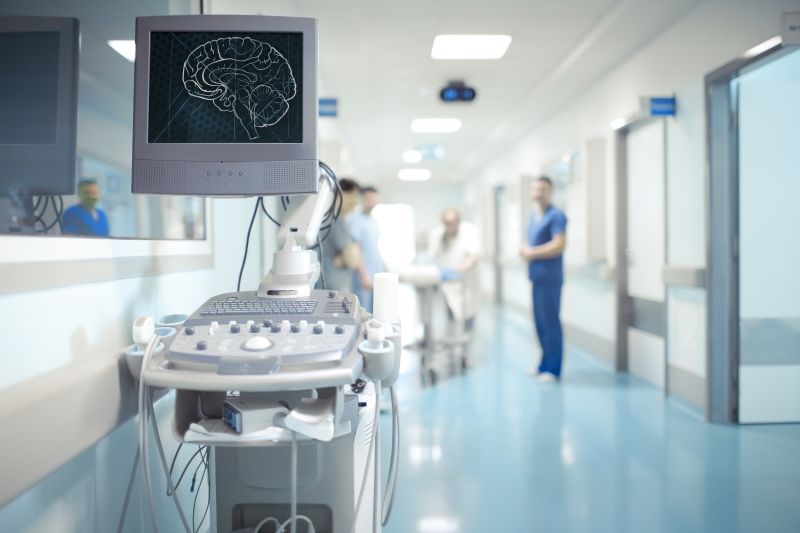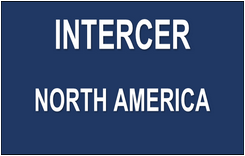General ISO 13485
This International Standard specifies requirements for a quality management system that can be used by an organization involved in one or more stages of the life-cycle of a medical device, including design and development, production, storage and distribution, installation, servicing and final decommissioning and disposal of medical devices, and design and development, or provision of associated activities (e.g. technical support). The requirements in this International Standard can also be used by suppliers or other external parties providing product (e.g. raw materials, components, subassemblies, medical devices, sterilization services, calibration services, distribution services, maintenance services) to such organizations.
The supplier or external party can voluntarily choose to conform to the requirements of this International Standard or can be required by contract to conform.
Several jurisdictions have regulatory requirements for the application of quality management systems by organizations with a variety of roles in the supply chain for medical devices. Consequently, this International Standard expects that the organization:
- identifies its role(s) under applicable regulatory requirements;
- identifies the regulatory requirements that apply to its activities under these roles;
- incorporates these applicable regulatory requirements within its quality management system.
The definitions in applicable regulatory requirements differ from nation to nation and region to region.
The organization needs to understand how the definitions in this International Standard will be interpreted in light of regulatory definitions in the jurisdictions in which the medical devices are made available.
This International Standard can also be used by internal and external parties, including certification bodies, to assess the organization's ability to meet customer and regulatory requirements applicable to the quality management system and the organization's own requirements. It is emphasized that the quality management system requirements specified in this International Standard are complementary to the technical requirements for product that are necessary to meet customer and applicable regulatory requirements for safety and performance.
The adoption of a quality management system is a strategic decision of an organization. The design and implementation of an organization's quality management system is influenced by the:
organizational environment, changes in that environment, and the influence that the organizational environment has on the conformity of the medical devices;
organization's varying needs;
organization's particular objectives;
product the organization provides;
processes the organization employs;
organization's size and organizational structure;
regulatory requirements applicable to the organization's activities.
It is not the intent of this International Standard to imply the need for uniformity in the structure of different quality management systems, uniformity of documentation or alignment of documentation to the clause structure of this International Standard.
There is a wide variety of medical devices and some of the particular requirements of this International Standard only apply to named groups of medical devices.
In this International Standard, the following terms or phrases are used in the context described below.
When a requirement is qualified by the phrase “as appropriate”, it is deemed to be appropriate unless the organization can justify otherwise. A requirement is considered appropriate if it is necessary for:
— product to meet requirements;
— compliance with applicable regulatory requirements;
— the organization to carry out corrective action;
— the organization to manage risks.
When the term “risk” is used, the application of the term within the scope of this International Standard pertains to safety or performance requirements of the medical device or meeting applicable regulatory requirements.
When a requirement is required to be “documented”, it is also required to be established, implemented and maintained.
When the term “product” is used, it can also mean “service”. Product applies to output that is intended for, or required by, a customer, or any intended output resulting from a product realization process.
When the term “regulatory requirements” is used, it encompasses requirements contained in any law applicable to the user of this International Standard (e.g. statutes, regulations, ordinances or directives). The application of the term “regulatory requirements” is limited to requirements for the quality management system and the safety or performance of the medical device.
In this International Standard, the following verbal forms are used:
— “shall” indicates a requirement;
— “should” indicates a recommendation;
— “may” indicates a permission;
— “can” indicates a possibility or a capability.
Information marked as “NOTE” is for guidance in understanding or clarifying the associated requirement.

ISO 13485
INTERCER NORTH AMERICA
880 Third Avenue, 5th Floor, New York, NY 10022
Office Hours: Monday through Friday. 9:00 am to 18:00 pm Eastern Standard Time (EST)
THIS WEBSITE DOES NOT USE COOKIES OR ANY MEANS OF VISITOR CONTROL.

